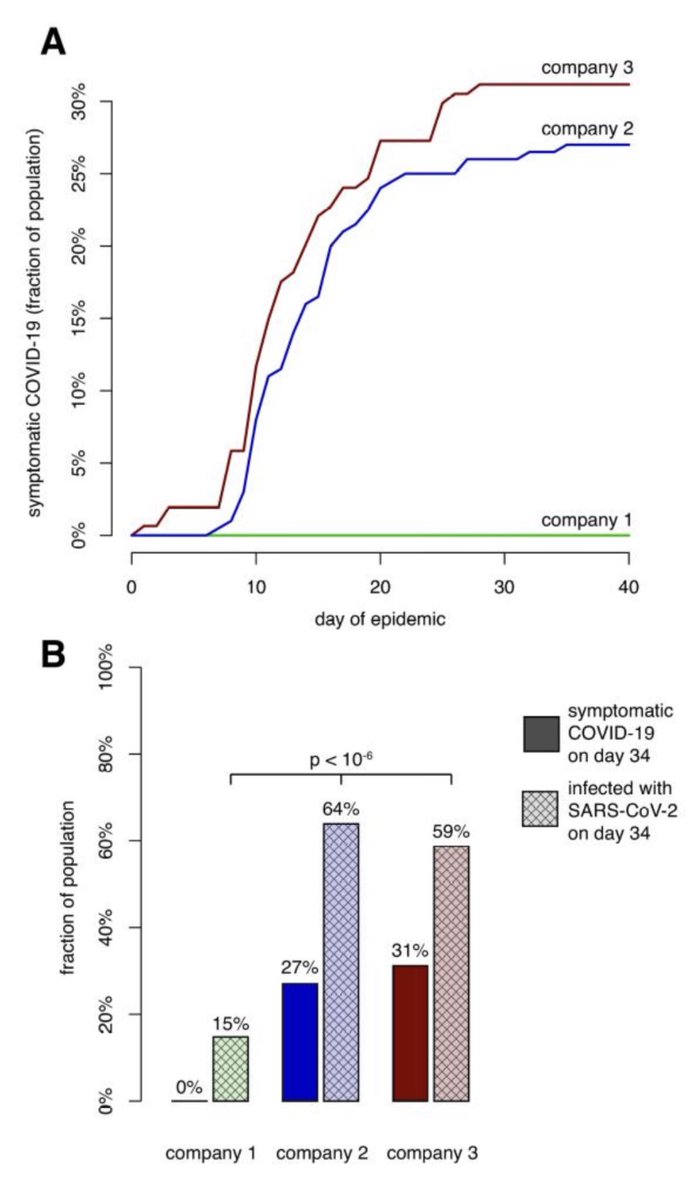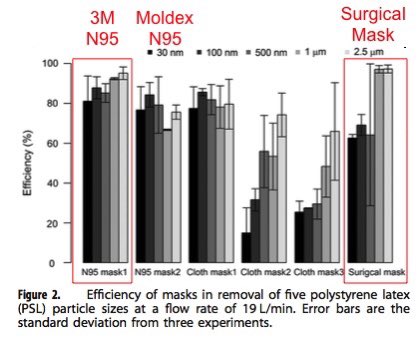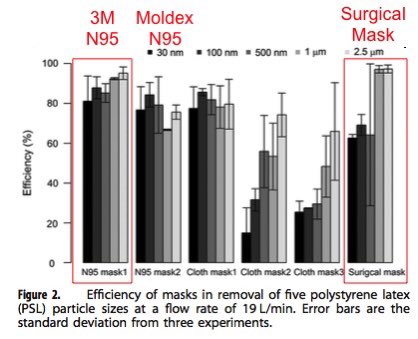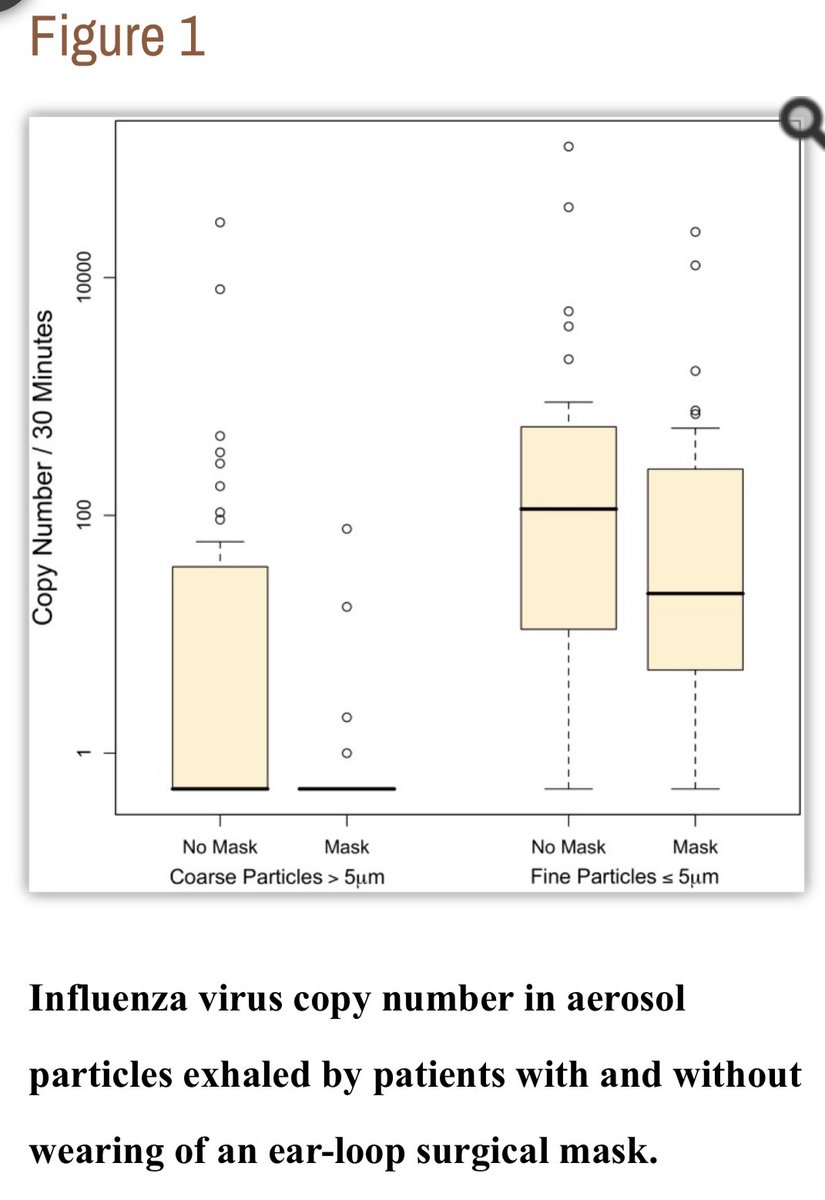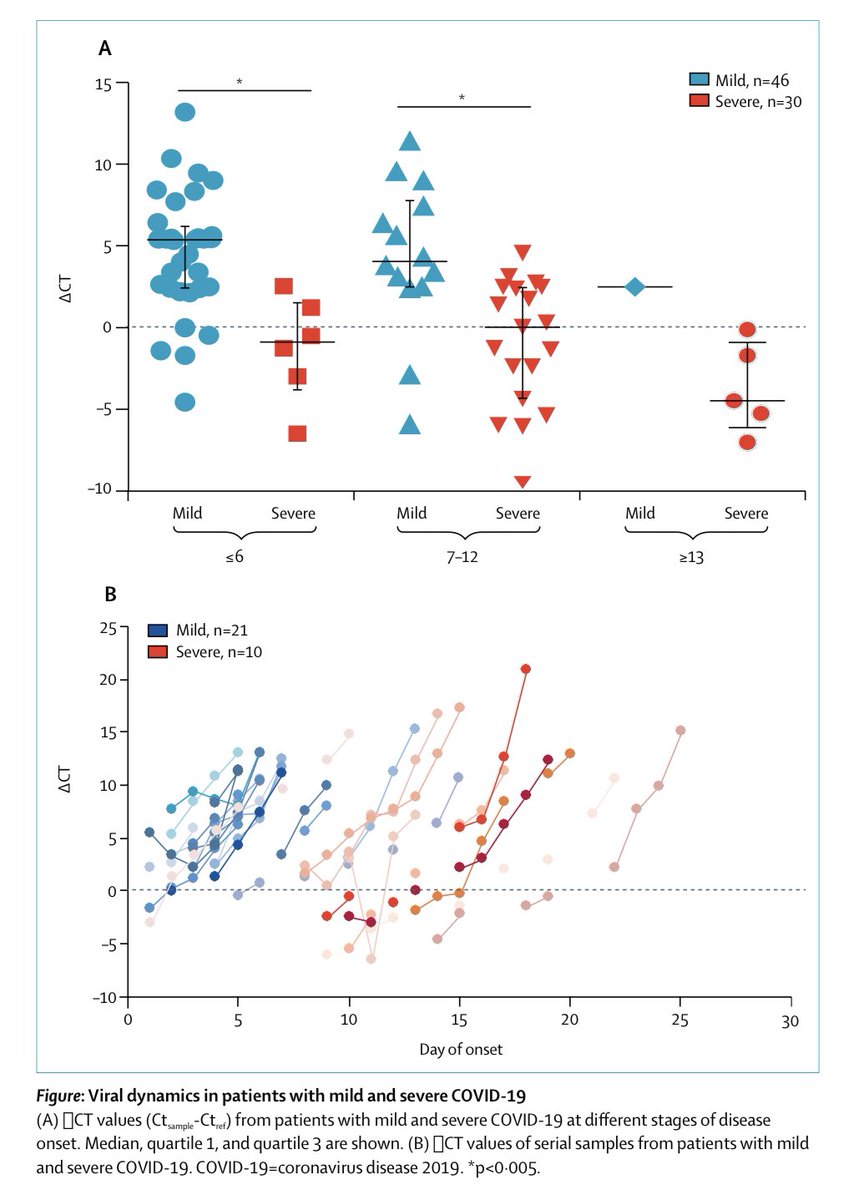 Huge: Masks LOWER SEVERITY of COVID too! Masks definitely reduce transmission, but scientist now think that MASKS CAN ALSO MAKE ILLNESS MILDER. How? masks may limit the dose of virus people get, & result in less severe symptoms of illness.
Huge: Masks LOWER SEVERITY of COVID too! Masks definitely reduce transmission, but scientist now think that MASKS CAN ALSO MAKE ILLNESS MILDER. How? masks may limit the dose of virus people get, & result in less severe symptoms of illness.  on evidence. https://www.latimes.com/california/story/2020-07-21/masks-help-avoid-major-illness-coronavirus
on evidence. https://www.latimes.com/california/story/2020-07-21/masks-help-avoid-major-illness-coronavirus
2) Emerging evidence that masks can be protective — even when wearers do become infected: outbreak at a seafood plant in Oregon where employees were given masks, and as result an astonishing 95% of those who were infected were asymptomatic.
3) A cruise ship that was traveling from Argentina to Antartica in March when the coronavirus infected people on board. Passengers got surgical masks; the crew got N95 masks. But instead of typical 40% infected asymptomatic — 81% of those testing positive were asymptomatic.
4) Contrast that with the Diamond Princess first cruise ship outbreak. On Diamond Princess people didn't wear masks & only 18% of infected were asymptomatic ( http://bit.ly/2CEoTOX ). Quite lower than the 81% on the Antarctic masked cruise ship.
5) Also there was an outbreak in a Tyson chicken plant a few weeks back in Missouri where workers had been given masks and the rate of asymptomatic infection was also 95%.
6) Similarly, Oregon plant where everyone was masked and of 120 infections, 95% developed asymptomatic disease.
 Bottomline: By reducing viral exposure/load, masks could help reduce disease severity. https://kval.com/news/local/over-120-workers-at-newport-seafood-plant-test-positive-for-covid-19
Bottomline: By reducing viral exposure/load, masks could help reduce disease severity. https://kval.com/news/local/over-120-workers-at-newport-seafood-plant-test-positive-for-covid-19
 Bottomline: By reducing viral exposure/load, masks could help reduce disease severity. https://kval.com/news/local/over-120-workers-at-newport-seafood-plant-test-positive-for-covid-19
Bottomline: By reducing viral exposure/load, masks could help reduce disease severity. https://kval.com/news/local/over-120-workers-at-newport-seafood-plant-test-positive-for-covid-19
7) Another key study among Swiss soldiers. Two cohorts of soldiers (red&blue in figure) was infected prior to social distancing when there was lots of mingling—27-31% showed symptoms.
Another (green) cohort got infected after going into social distancing—0% developed symptoms.
Another (green) cohort got infected after going into social distancing—0% developed symptoms.
8) Notably the authors conclude that “difference in the clinical presentation of infected persons might be due to lower viral inoculum during infection”
 Translation: lower dose of viruses exposed yielded more asymptomatic cases. https://academic.oup.com/cid/article/doi/10.1093/cid/ciaa889/5864495
Translation: lower dose of viruses exposed yielded more asymptomatic cases. https://academic.oup.com/cid/article/doi/10.1093/cid/ciaa889/5864495
 Translation: lower dose of viruses exposed yielded more asymptomatic cases. https://academic.oup.com/cid/article/doi/10.1093/cid/ciaa889/5864495
Translation: lower dose of viruses exposed yielded more asymptomatic cases. https://academic.oup.com/cid/article/doi/10.1093/cid/ciaa889/5864495
9) Altogether, distancing and masks — which both reduce virus exposure- can potentially not only cut infection risk, but also can perhaps dampen severity of illness (more asymptomatic cases). Still a working theory, but which many scientists @AliNouriPhD @MonicaGandhi9 support.
10) p.s. There are certainly many types of masks - and even then many kinds of N95, diff cloth, surgical, and critically depends on particle size of a droplet or dust. Here is a comparison (note figure from study of aerosol dust, not virus).
11) In this comparison (same figure), surgical masks comparable to N95 for particles of >1 micrometer. But under 1 um, N95 clearly better, but surgically still 60%—decent. Though cloth minimally good, but recall cloth masks is intended for catching outbound droplets.
12) I do want to caution people to NOT buy masks with valves. because of valve design masks only filters air breathed in, but not breathed out (droplets escape). CDC's universal masking guidelines is to prevent transmission from infected to other people. https://www.google.com/amp/s/abcnews.go.com/amp/Health/ditch-valve-face-mask-pros-cons/story%3fid=70511555
13) Others have of course discussed this before months ago where masking reduces viral load, though it wasn’t until recently had the clinical outcome of asymptomatic been lining up too. https://twitter.com/jessematchey/status/1242170341729775618?s=21 https://twitter.com/jessematchey/status/1242170341729775618
14) In one previous influenza virus study of viral load (a measure of how much virus dose), “Surgical masks produced a 3.4 (95% CI 1.8 to 6.3) fold reduction in viral copies in exhaled breath” compared to no face masks. https://www.ncbi.nlm.nih.gov/pmc/articles/PMC3591312/
15) Furthermore, here is a study of viral load on severity of #covid19 clinical symptoms. (Lower delta-CT means higher viral load in figure). It concludes “patients with severe COVID-19 tend to have a high viral load and a long virus- shedding period.“
https://www.thelancet.com/pdfs/journals/laninf/PIIS1473-3099(20)30232-2.pdf
https://www.thelancet.com/pdfs/journals/laninf/PIIS1473-3099(20)30232-2.pdf
16) So now, let’s connect the dots:
 masks
masks  lower viral load
lower viral load
 lower viral load
lower viral load  milder #COVID19 illness
milder #COVID19 illness
 Masks
Masks  milder illness? ... Likely*. Many suggestive studies and examples.
milder illness? ... Likely*. Many suggestive studies and examples.
*Can’t always jump from A=>B & B=>C to A=>C, but data support it.
 So let’s #WearAMask
So let’s #WearAMask
 masks
masks  lower viral load
lower viral load  lower viral load
lower viral load  milder #COVID19 illness
milder #COVID19 illness Masks
Masks  milder illness? ... Likely*. Many suggestive studies and examples.
milder illness? ... Likely*. Many suggestive studies and examples.*Can’t always jump from A=>B & B=>C to A=>C, but data support it.
 So let’s #WearAMask
So let’s #WearAMask

 Read on Twitter
Read on Twitter